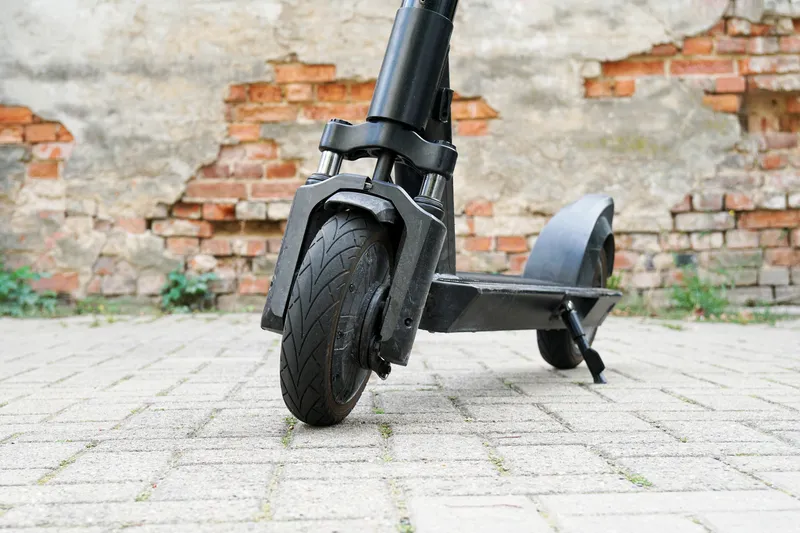Leading road safety charity the Institute of Advanced Motorists (IAM) has described the introduction of new drug-driving laws as ‘a big step forward for road safety.’ The legislation comes into force in from 2 March 2015 in England and Wales and is designed to catch people who risk other people’s lives by getting behind the wheel after taking drugs, and not those taking legitimate medicines that don’t impair their ability to drive. The new law sets limits at very low levels for eight drugs commonly associat
March 2, 2015
Read time: 3 mins
RSSLeading road safety charity the 6187 Institute of Advanced Motorists (IAM) has described the introduction of new drug-driving laws as ‘a big step forward for road safety.’
The legislation comes into force in from 2 March 2015 in England and Wales and is designed to catch people who risk other people’s lives by getting behind the wheel after taking drugs, and not those taking legitimate medicines that don’t impair their ability to drive.
The new law sets limits at very low levels for eight drugs commonly associated with illegal use such as cannabis and cocaine. There are also eight prescription drugs, such as clonazepam; diazepam; methadone; morphine and others that are included within the new law. However, the limits that have been set for these drugs exceed normal prescribed doses, meaning that the vast majority of people can drive as they normally would, so long as they are following the advice of a healthcare professional and their driving isn’t impaired.
The new procedure will bring detection of drug driving into line with the widely understood drink driving enforcement procedure. Police will no longer need to prove that driving was impaired. They will simply obtain a blood sample and show that any of the specified drugs are present above the prescribed limit.
Roadside drugalysers (or an impairment test) can be used in the first instance to test drivers - all this is broadly similar to the way drink/driving processes have operated in the past.
Sarah Sillars, IAM chief executive officer, said: “The new law is a real step in the right direction for the eradication of driving under the influence of drugs. The IAM has always stated there should be no doubt to drivers and riders as to what the correct course of action should be; no-one should be driving while under the influence of alcohol or any illegal drugs in your system.
“Many drugs impair the senses to a massive degree – if you are not in full control of your vehicle, you become a severe danger to yourself, your passengers and other road users. It is a self-centred action and those committing it are now being punished with the full force of the law. Now at last, there is a real deterrent.”
She added: “We also urge drivers and riders not to forget how prescription drugs can affect your ability to control a vehicle. Don’t ignore the instructions and think you know better.”
The legislation comes into force in from 2 March 2015 in England and Wales and is designed to catch people who risk other people’s lives by getting behind the wheel after taking drugs, and not those taking legitimate medicines that don’t impair their ability to drive.
The new law sets limits at very low levels for eight drugs commonly associated with illegal use such as cannabis and cocaine. There are also eight prescription drugs, such as clonazepam; diazepam; methadone; morphine and others that are included within the new law. However, the limits that have been set for these drugs exceed normal prescribed doses, meaning that the vast majority of people can drive as they normally would, so long as they are following the advice of a healthcare professional and their driving isn’t impaired.
The new procedure will bring detection of drug driving into line with the widely understood drink driving enforcement procedure. Police will no longer need to prove that driving was impaired. They will simply obtain a blood sample and show that any of the specified drugs are present above the prescribed limit.
Roadside drugalysers (or an impairment test) can be used in the first instance to test drivers - all this is broadly similar to the way drink/driving processes have operated in the past.
Sarah Sillars, IAM chief executive officer, said: “The new law is a real step in the right direction for the eradication of driving under the influence of drugs. The IAM has always stated there should be no doubt to drivers and riders as to what the correct course of action should be; no-one should be driving while under the influence of alcohol or any illegal drugs in your system.
“Many drugs impair the senses to a massive degree – if you are not in full control of your vehicle, you become a severe danger to yourself, your passengers and other road users. It is a self-centred action and those committing it are now being punished with the full force of the law. Now at last, there is a real deterrent.”
She added: “We also urge drivers and riders not to forget how prescription drugs can affect your ability to control a vehicle. Don’t ignore the instructions and think you know better.”









